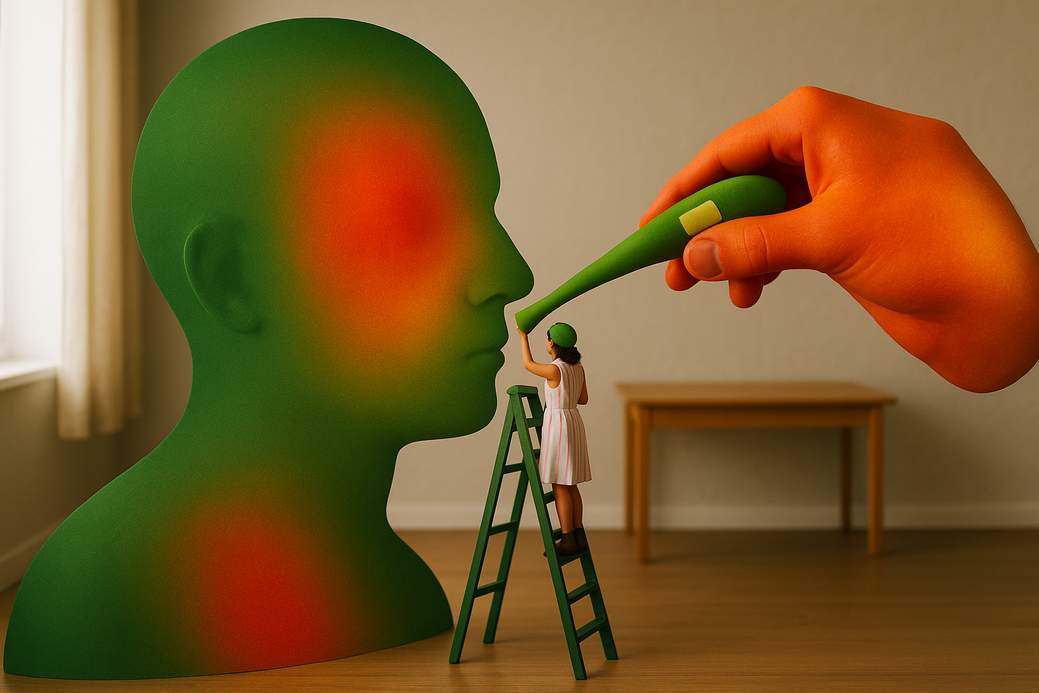Quick snapshot
The government has unveiled a roadmap to dramatically cut the use of live animals in scientific testing. The plan promises some safety tests will switch to human-cell based methods by the end of this year, while the use of dogs and non-human primates in medicine research is targeted to fall substantially by 2030. Think less lab mouse drama, more petri-dish science — eventually.
What they’re actually proposing
Officials want to replace certain traditional animal checks with modern lab techniques — human cells in dishes, computer models, artificial intelligence, and tissue grown from stem cells. One specific example: replacing the old rabbit-based fever test with a test that uses human immune cells in the lab.
Timeline and targets (the cliff notes)
Short term: by the end of 2025 some major safety tests will stop using animals and switch to non-animal methods. Medium term: between 2026 and 2035 the government aims to accelerate use of advanced alternatives like organ-on-a-chip and AI. By 2030 there’s a pledge to cut use of dogs and non-human primates by at least 35% for human medicine testing.
New support, new centres
To push the change, ministers plan to set up a Centre for the Validation of Alternative Methods and inject extra funding into research hubs and grants — one announced pot is £30 million for a research hub. The idea is to help promising non-animal methods move from the lab bench to regulations and widespread use.
Lab tech that sounds like sci-fi (but isn’t)
One of the buzzier ideas is organ-on-a-chip: tiny devices holding human cells from different organs linked together so researchers can watch how tissues talk to each other. No throbbing cyborg hearts, just very clever glassware and electronics that feed data to computers. These systems aim to give more human-relevant results than some animal tests.
Why some scientists are waving red flags
Not everyone is sold. Researchers who use animals warn that for certain areas — like studying whole-tumour behaviour or complex brain and behaviour questions — current non-animal alternatives can’t capture the full biological picture. In other words, a Petri dish can teach you a lot, but it can’t always show you how a whole living creature will react.
Balancing safety and speed
The debate is essentially a balancing act between two goals: speeding up the adoption of humane, human-relevant methods, and keeping medical and scientific work safe and reliable. Advocates say the technology is getting there; sceptics say we mustn’t rush and compromise safety or scientific quality.
Where this leaves us
There’s cautious optimism on both sides. Animal-welfare groups have welcomed the commitments as meaningful steps forward, while some scientists urge careful validation to avoid unintended consequences. Bottom line: the plan sets a clear direction, but getting to a place where animal testing is rare or near-zero will take time, money, validation, and a few good lab microscopes — plus a healthy sense of scientific humility.














